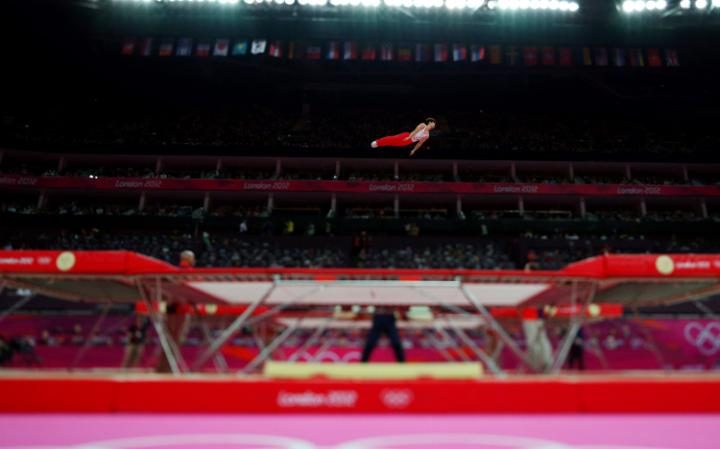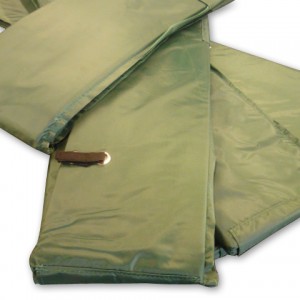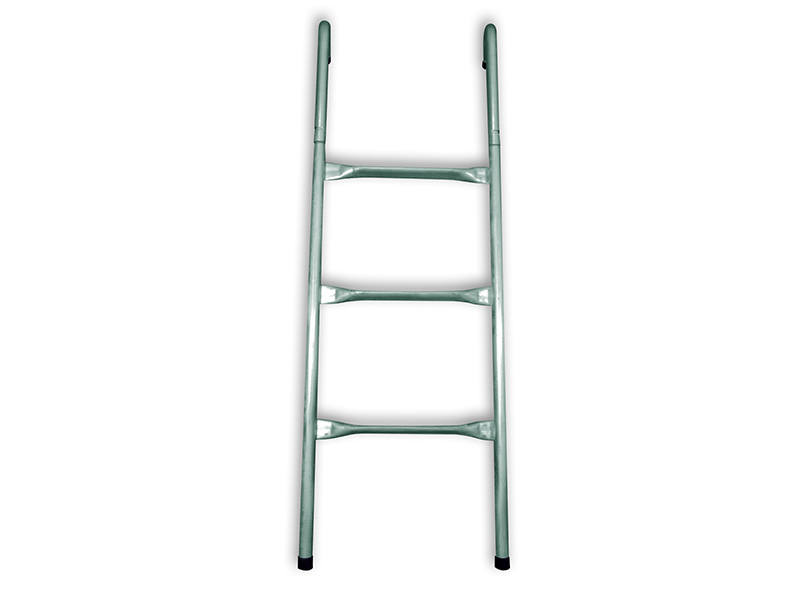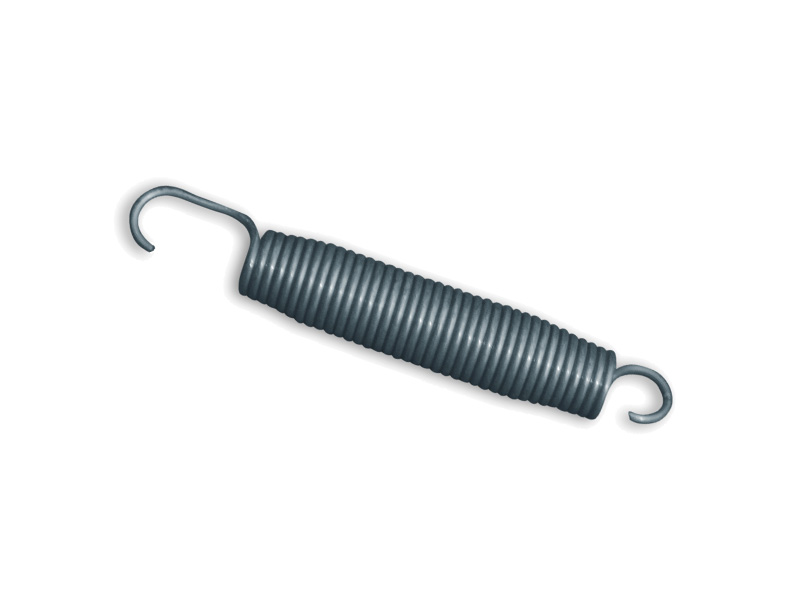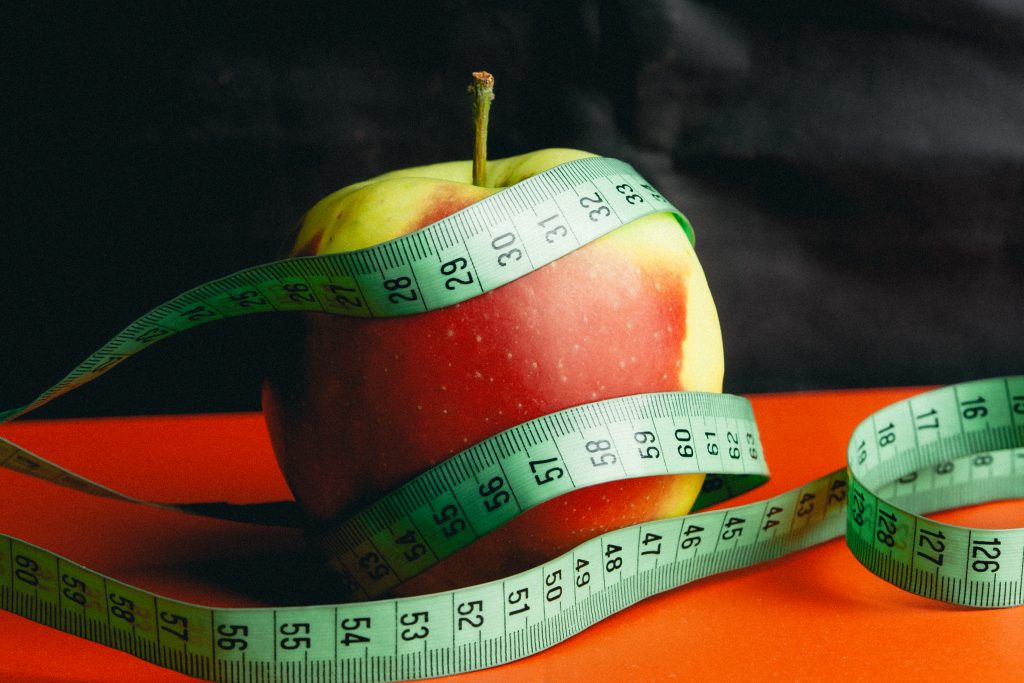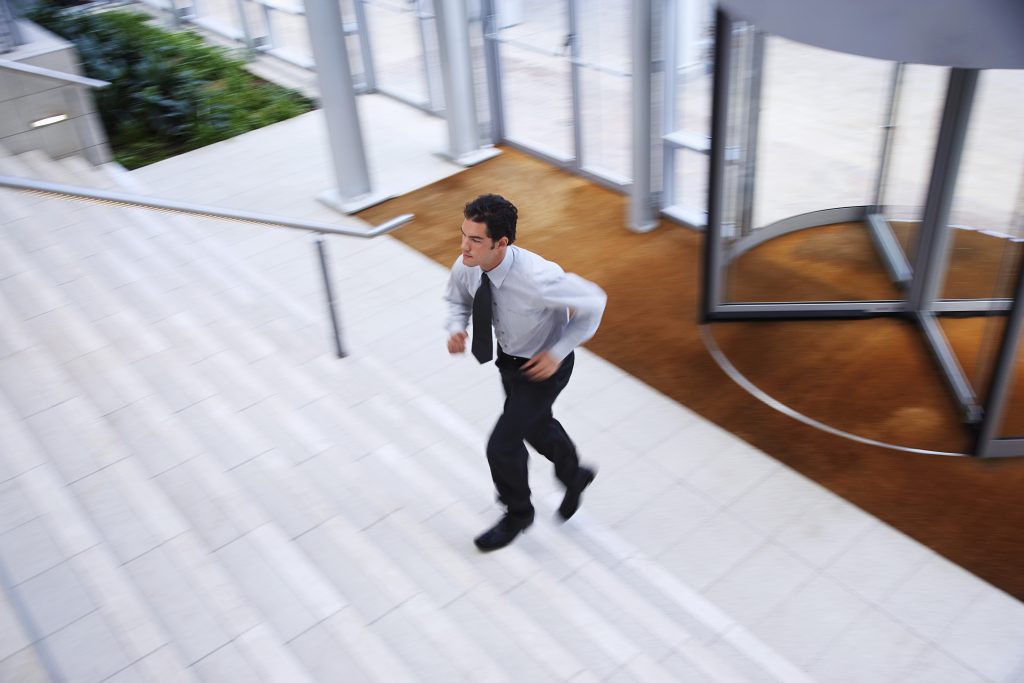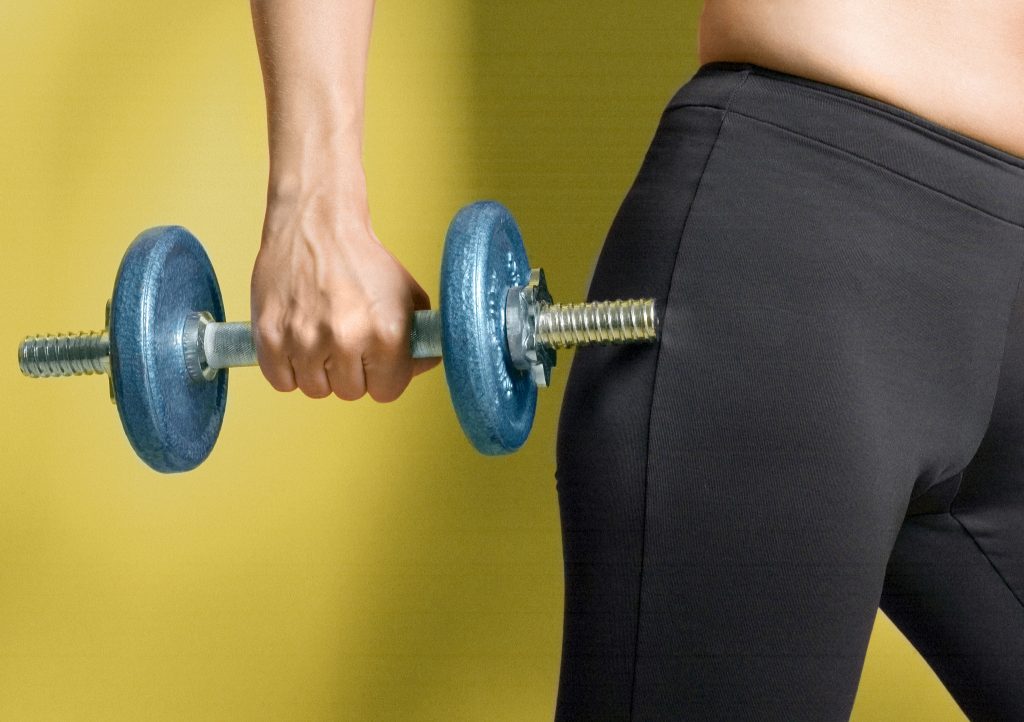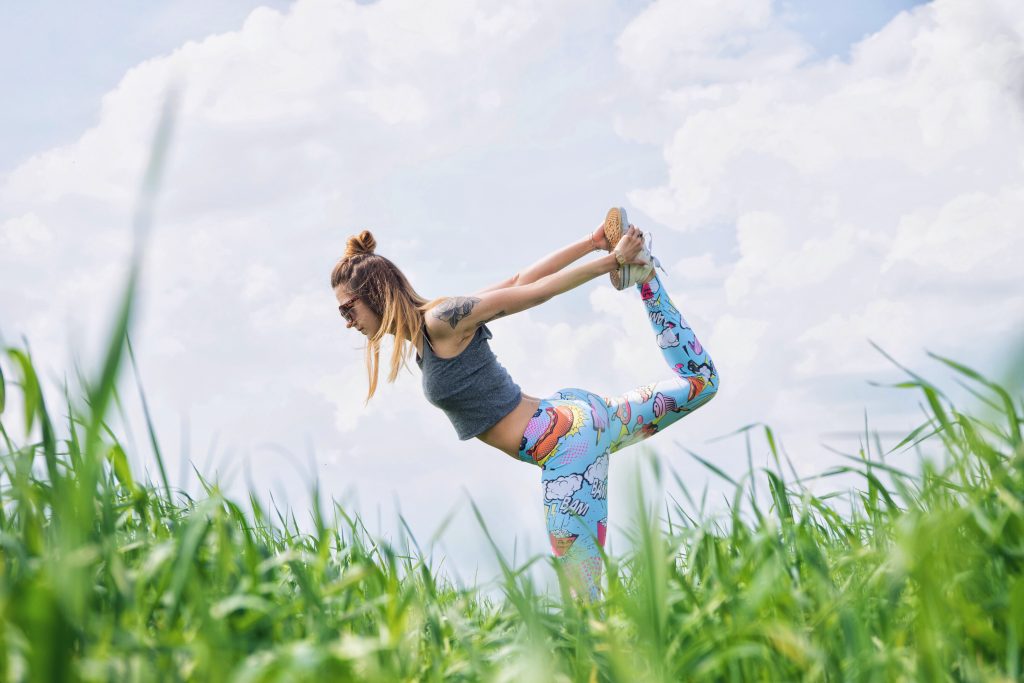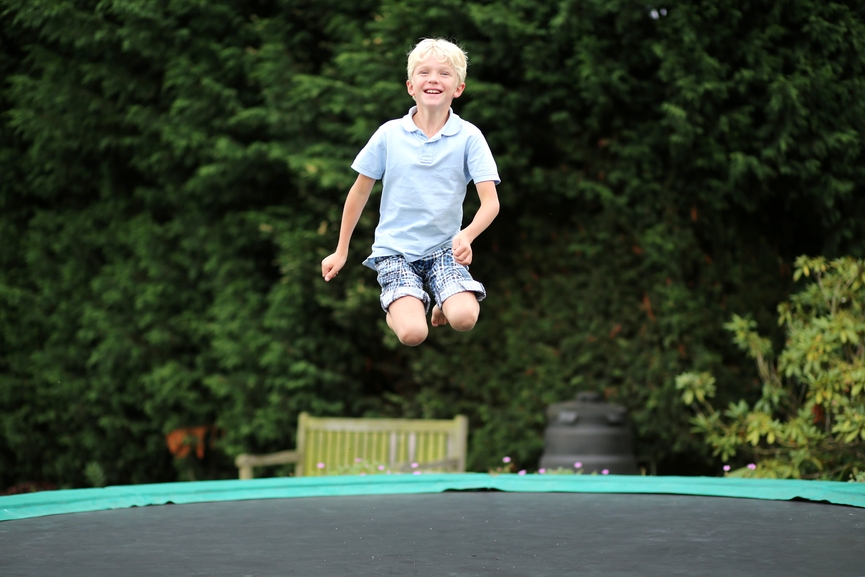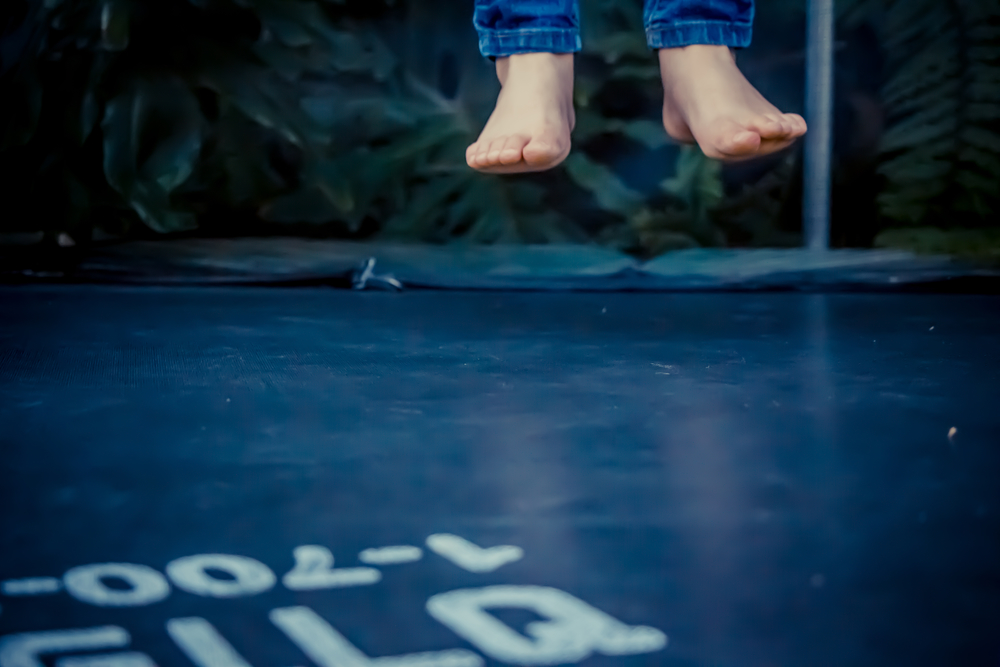When people think of a trampoline at home, they usually envision kids jumping haphazardly for fun. There’s no denying how entertaining a trampoline can be, but it’s actually an excellent form of exercise. Athletes, and not just those who compete in trampolining, have turned to bounce training to enhance their skills in their chosen field.
Whether you’re an athlete or a hobbyist, you can use bounce training as part of your own exercise routine, too.
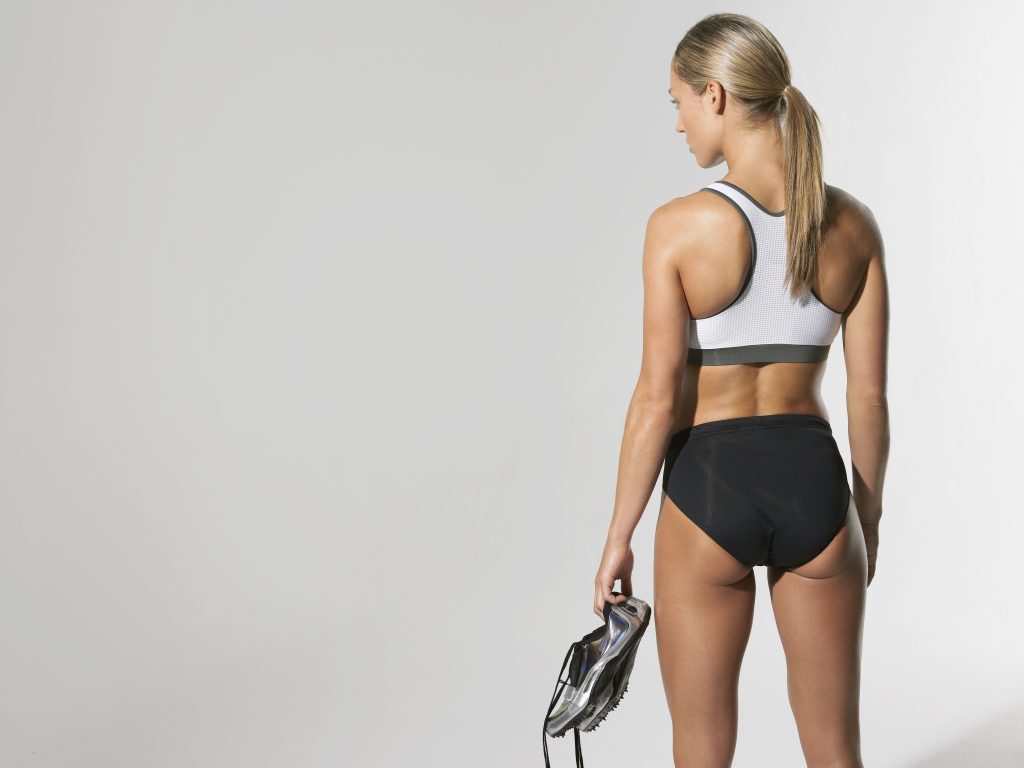
Red Bull Air Race athletes use bounce training
Athletes who specialise in all kinds of sports rely on bounce training as part of their regular workout routine. Coaches for the Red Bull Air Race have turned to bounce training as a way to push their athletes physically and mentally.
2011 ASP World Surf Champion Carissa Moore once said “trampoline training has really made me more aware of my body positioning when I’m up in the air.”
Whether an athlete is snowboarding, wakeboarding, surfing or doing any other physical activity, bounce training can have profound benefits.
A low-impact cardio workout
Cardiovascular exercise, such as running, is great for the body, increasing the heart rate and improving circulation while burning calories. Bounce training offers the same benefits without the hard impact of other workouts. The impact felt from making contact with pavement while jogging can increase the risk of joint, ankle and knee injury. A trampoline mat on the other hand, is flexible and pads each landing, so less stress and impact is caused on the body.
Improve your coordination and balance
Each time you jump on a trampoline, the height and direction of the bounce is affected by the way you hit the mat and push off again. In order to stay in control, the body must learn to re-balance itself. Compensating for the flexible surface and constant motion helps the body improve balance and coordination. The better you get, the more unique moves you’ll be able to do.
This effect has been noted in trampolinists of all ages, from children to the elderly. A 2013 Research in Developmental Disabilities study found that children who participated in bounce training for 12 weeks had noticeable improvement in motor skills. A 2011 Journal of Electromyography and Kinesiology study found that elderly people who participated in 14 weeks of training were less likely to accidentally fall forward.
Bounce training is for everyone
It’s clear to see that bounce training is a great way to round out any exercise or training routine. Whether you’re a professional athlete or hobbyist, trampolining builds physical strength, stamina and coordination, all while adding a little fun to the day.
That’s what makes us so passionate about manufacturing high quality, Australian made trampolines. Families and professional sportspeople alike know that when their trampoline comes from Topline, they’ll be bounce training on the best of the business.

